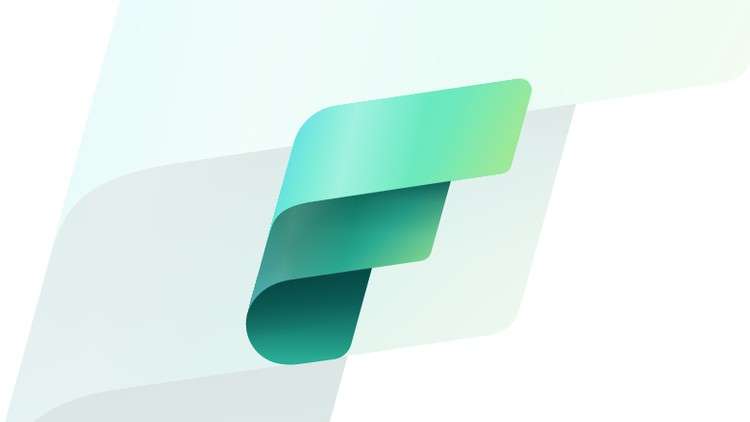
All in one tool for Data Engineering, Data Factory, Data Science, Data Warehouse, Real-Time Analytics, and Power BI !
What you will learn
Microsoft Fabric and its fundamentals
Components of Microsoft Fabric
Creating a Lakehouse in Fabric and using it for semantic Modeling
Step by Step guide on how to orchestrate a Data Pipeline
Writing DAX, creating Activities, SQL Views & much more…
Description
At the Microsoft Build 2023 conference, Microsoft unveiled its latest product – Microsoft Fabric. This AI-powered platform demonstrates the company’s commitment in revolutionizing the data analytics solutions. With Fabric, Microsoft aims to bring together various elements of data analytics, including compute, storage, analytics stack, governance and business models, into a cohesive and integrated solution.
This 4.5 hour long, very comprehensive and detailed Microsoft Fabric course will help you to become a Data Analytics / Visualization Expert and will enhance your skills by offering you comprehensive knowledge, and the required hands-on experience on this widely used Cloud based end to end Analytics tool, by solving real-time industry-based projects.
Top Reasons why you should learn Microsoft Fabric :
- Microsoft Fabric is a combination of all the #1 cloud based Data Analytics tools from Microsoft that are used industry wide.
- The demand for data professionals is on the rise. This is one of the most sought-after profession currently in the lines of Data Science / Data Engineering / Real Time Analytics.
- There are multiple opportunities across the Globe for everyone with this skill.
- This is a new skill that has a very few expert professionals globally. This is the right time to get started and learn Microsoft Fabric.
- Microsoft Fabric has a small learning curve and you can pick up even advanced concepts very quickly.
- You do not need high configuration computer to learn this tool. All you need is any system with internet connectivity and you can practice Fabric within your browser, no installation required.
Top Reasons why you should choose this Course :
- This course is designed keeping in mind the students from all backgrounds – hence we cover everything from basics, and gradually progress towards advanced topics.
- Case Studies and Live Examples of all topics.
- Downloadable datasets to practice along.
- Links to support portal, documentation and communities.
- All Doubts will be answered.
- New content added regularly and useful educational emails are sent to all students.
Most Importantly, Guidance is offered beyond the Tool – You will not only learn the Software, but important Data & Analytics principles.
A Verifiable Certificate of Completion is presented to all students who undertake this Microsoft Fabric course.
Content